
How much does ISO 18562 testing cost?
Introduction to ISO 18562
Standard Release and RegULatory Recognition
In March 2017, the ISO 18562 series of standards, "biocompatibility evaluation of breathing gas pathways in healthcare applications," was officially released. In June 2018, the U.S. Food and Drug Administration (FDA) recognized ISO 18562, incorporating it into the series of consensus standards in the Federal Register. Starting in August 2018, all medical devices, components, or accessories that include gas pathways and whose gases can be inhaled by users must provide an ISO 18562 series standard test evaluation report when applying for FDA registration.
In the same year, the latest ISO 10993-1:2018 "Biological evaluation of medical devices – Part 1: Evaluation and testing within a risk management process" clarified that "for gas pathway components that have indirect patient contact, the dedicated series of standards ISO 18562 should be used for relevant biocompatibility evaluations." Since then, ISO 18562 has become an unavoidable "mandatory path" for medical devices, components, or accessories that include gas pathways and whose gases can be inhaled by users, whether they are exported to the EU or the U.S.

Specific Details of the ISO 18562 Series Standards
ISO 18562 is divided into four parts:
1. ISO 18562-1 Biocompatibility evaluation of breathing gas pathways in healthcare applications – Part 1: Evaluation and testing within a risk management process
2. ISO 18562-2 Biocompatibility evaluation of breathing gas pathways in healthcare applications – Part 2: Tests for emissions of particulate matter
3. ISO 18562-3 Biocompatibility evaluation of breathing gas pathways in healthcare applications – Part 3: Tests for emissions of volatile organic compounds (VOCs)
4. ISO 18562-4 Biocompatibility evaluation of breathing gas pathways in healthcare applications – Part 4: Tests for leachables in condensate
Devices CoveRED by ISO 18562
The ISO 18562 series standards cover all medical devices, components, or accessories that include gas pathways and have indirect patient contact, including but not limited to:
- Ventilators
- Anesthesia workstations (including gas mixers)
- Breathing systems
- Oxygen conserving equipment
- Oxygen concentrators
- Nebulizers
- Low-pressure hose assemblies
- Humidifiers
- Heat and moisture exchangers (artificial noses)
- Respiratory gas monitors
- Respiration monitors
- Masks
- Mouthpieces
- Resuscitators
- Breathing tubes
- Breathing system filters and Y-pieces, as well as any breathing accessories intended to be used with such medical devices
Additionally, the interior of pediatric incubators, mattresses, bedding, the inner surface of oxygen masks, etc., are also considered part of the gas pathway.
Situations Not Applicable for ISO 18562 Evaluation
- Device surfaces that have direct patient contact, such as the outer surface of tracheal tubes or the cushions of masks
- Any biological hazards caused by mechanical failure, contamination in the gas supply, etc.
Although the regulations indicate that if a product can be proven to have verifiable similarity in specific functions and physical forms to already evaluated medical devices, components, or accessories, has the same formulation, does not contain additional cheMICal components, and is manufactured using the same process, the two can be considered equivalent. Based on the final formulation, manufacturing, or application, testing or additional testing may not be necessary for evaluation. However, in actual audits, it is often difficult to prove this due to the complexity of the production process. Therefore, relevant device manufacturers should timely study and understand the regulations, conduct risk assessments and research tests on the gas pathway products being developed or produced to pass the registration audit as soon as possible.
Details of Each Part of ISO 18562
ISO 18562-1: Evaluation and Testing Within a Risk Management Process
In the risk management process, the basic principles to be followed for the biological risk evaluation of gas pathway products intended for use in various environments to ventilate or supply substances to patients through the respiratory tract:
- General classification of gas pathways based on the nature and duration of contact with the airflow
- Evaluation of all available data sources
- Identification of deficiencies in the available data set based on risk analysis
- Identification of additional data sets required for the biological safety analysis of gas pathways
- Evaluation of the biological safety of gas pathways
ISO 18562-2: Tests for Emissions of Particulate Matter
As one of the three potential sources of danger in the standard, particulate matter emission testing is a relatively simple project. When particulate matter is inhaled into the lungs, it may initially cause a decline in lung function and respiratory distress (such as coughing, shortness of breath, and asthma attacks). After being absorbed in the lungs, particulate matter can also affect the cardiovascular system. Therefore, the standard first stipulates that all internal surfaces of pathways involved in patient respiratory gases must be evaluated for particulate matter emissions according to ISO 18562-2.
Particulate matter emission testing aims to quantify the acceptance standards for particulate matter with diameters ranging from 0.2µm to 10µm emitted into the gas pathways from medical devices and their parts or accessories. It does not involve smaller or larger particles.
ISO 18562-2 Particulate Matter Limits:
- Particulate matter diameter ≤2.5µm, not exceeding 12µg/m³
- Particulate matter diameter ≤10µm, not exceeding 150µg/m³
Pre-Test Evaluation:
For various medical devices and accessories within the scope of this test, different testing methods should be selected based on the actual situation of the device. Manufacturers should choose the most suitable method according to the type of device: simple components, such as connectors with a small contact area with the gas pathway, generally do not need particulate matter testing; while medical devices with moving parts (such as ventilators) may require comprehensive testing.
Brief Introduction to Testing Methods:
Testing methods are divided into filtration gravimetric method and particle counting method according to the testing principle.
1. Filtration Gravimetric Method:
- Method: Use a particle filter to capture all particulate matter with a diameter greater than 0.2µm, and weigh the filter elements before and after filtration to obtain the weight of the particulate matter; compare it with the particulate matter limit to determine whether the test passes.
- Applicable Scope: This quick and simple test does not distinguish particle sizes and is suitable for relatively simple medical devices.
2. Particle Counting Method:
- Method: Measure the particulate matter in the airflow from the medical device using a calibrated particle counter. The particle counter detects the number of particles of a specific size and converts the particle number into an air quality volume ratio (unit: µg/m³), then compares it with the particulate matter limit to determine whether the test passes.
- This method requires methodological validation.
Other Situations:
For medical devices or components whose particulate matter emissions may change over time, it may be necessary to repeat the particulate matter test after simulating an appropriate usage cycle, according to the risk management process.
iso 18562 testing Costs
JJR Laboratory offers ISO 18562 testing for respiratory equipment at costs ranging from $4,200 to $6,000.
This article is provided by engineer Yuanxing from China's JJR Laboratory. We are an IEC 17025 and GLP authorized laboratory, providing relevant testing services.
Email:hello@jjrlab.com
Write your message here and send it to us
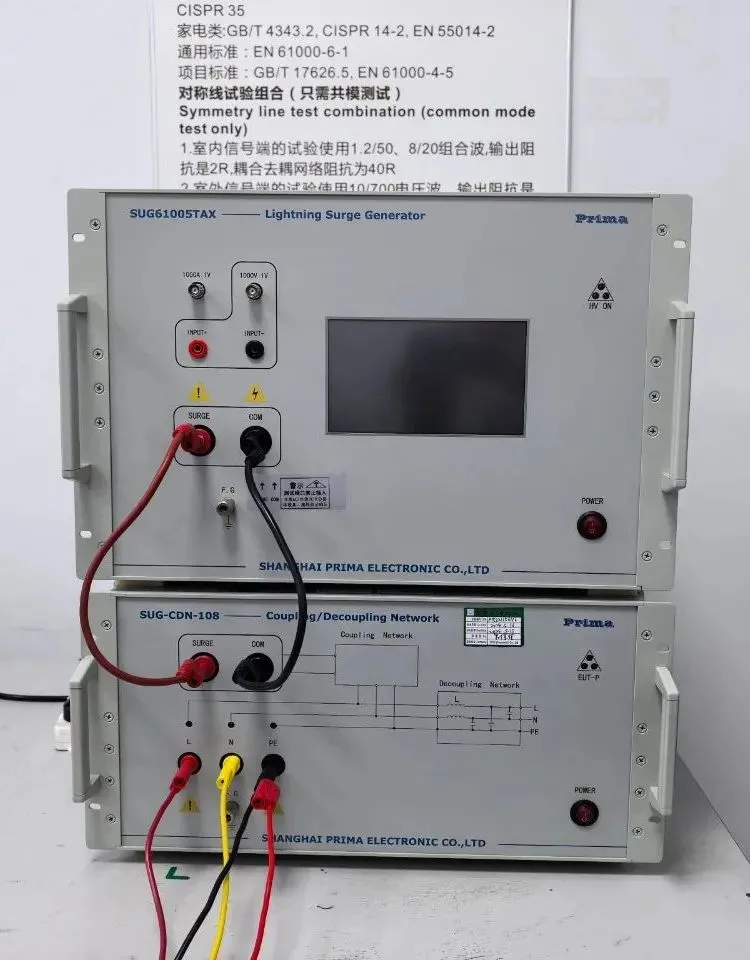 What Are the Testing Items of California Propositi
What Are the Testing Items of California Propositi
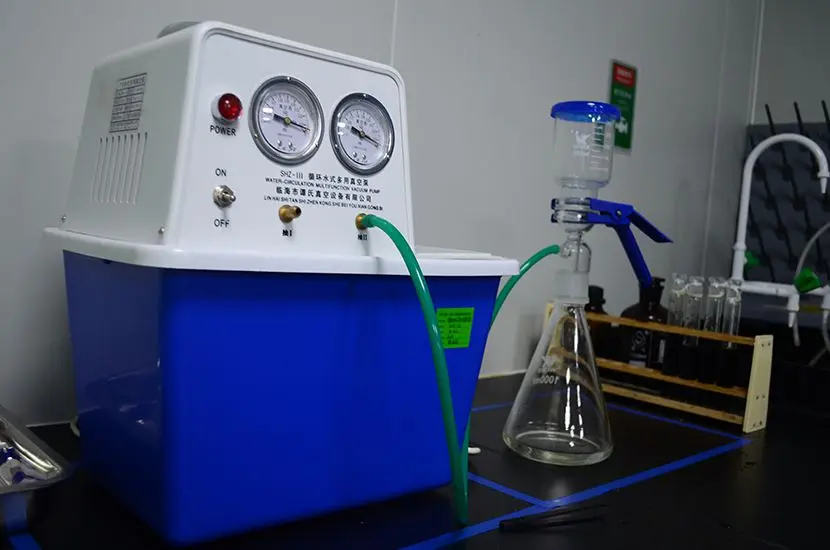 E-Cigarette EU TPD Testing
E-Cigarette EU TPD Testing
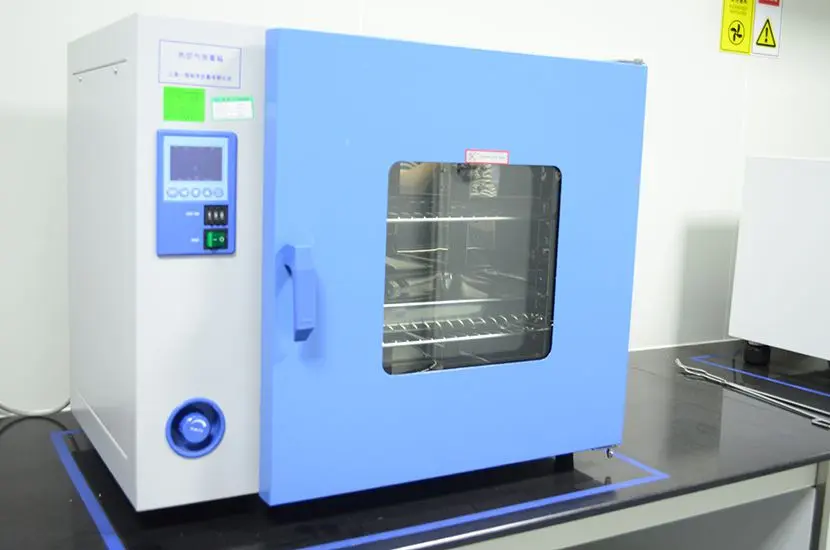 Testing Certification for E-cigarettes Exported to
Testing Certification for E-cigarettes Exported to
 What is Amazon US CPC Certification?
What is Amazon US CPC Certification?
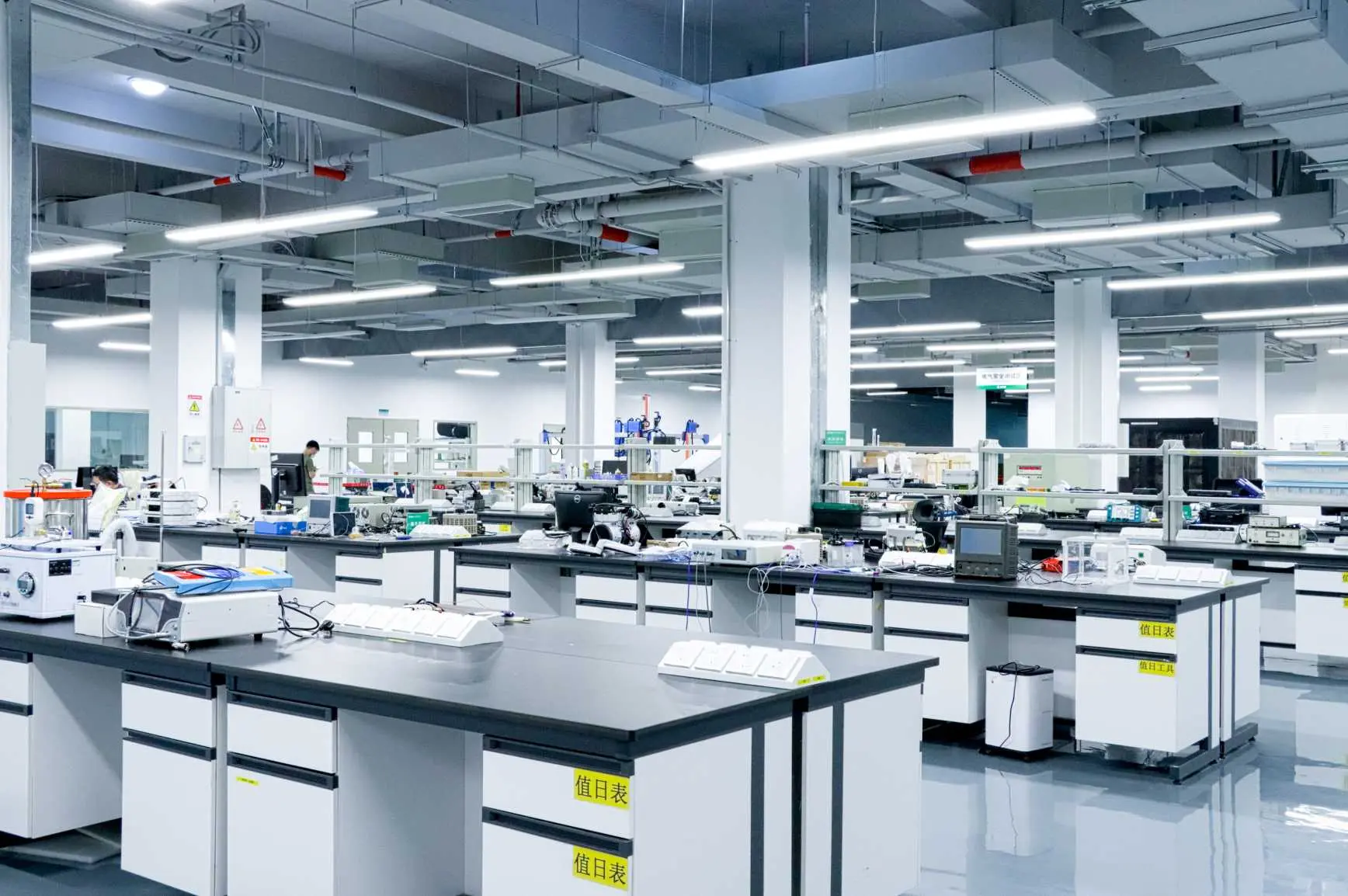 UK Toy Safety Regulation Standard EN 71-13
UK Toy Safety Regulation Standard EN 71-13
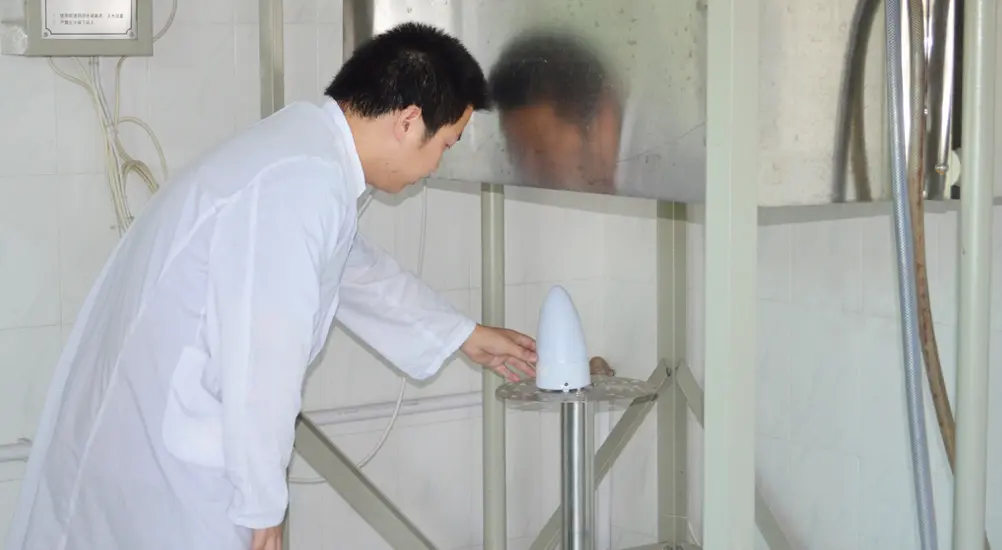 What is EU UFI Registration?
What is EU UFI Registration?
 EU UFI Registration for E-cigarette E-liquid
EU UFI Registration for E-cigarette E-liquid
 How to get the MSDS Report for Electronic Cigarett
How to get the MSDS Report for Electronic Cigarett
Leave us a message
24-hour online customer service at any time to respond, so that you worry!




